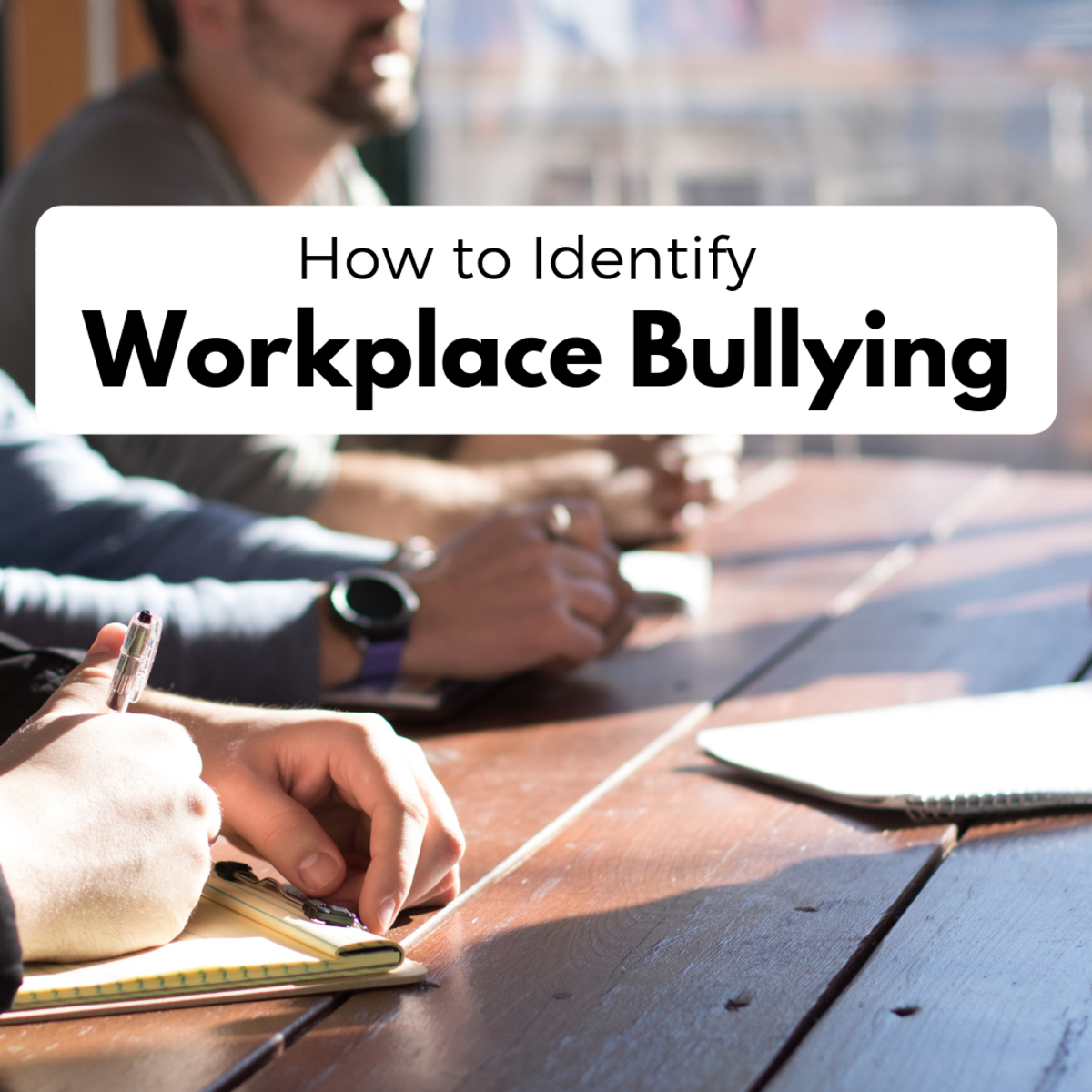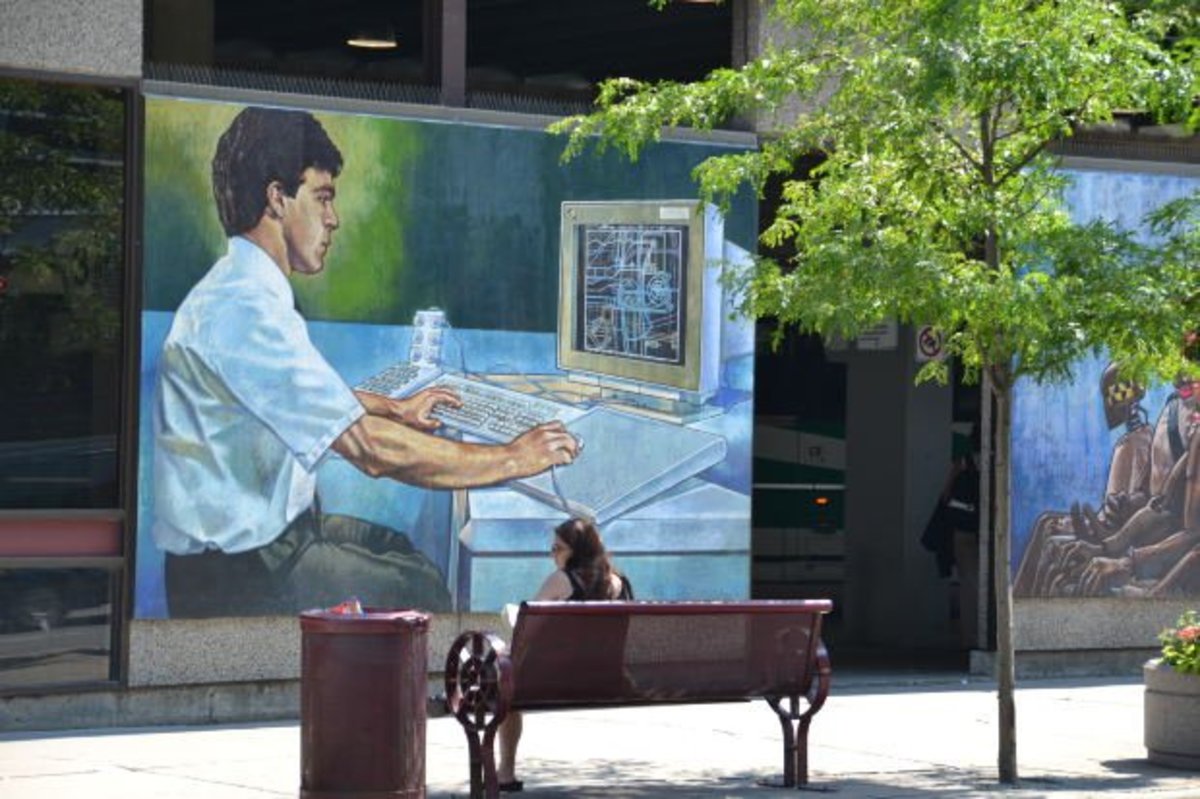Five Ways to Build Foot Traffic to Your Brick-and-Mortar Storefront
Digital marketing and e-commerce might be changing the conversation, but traditional, brick-and-mortar retail is far from dead. In fact, studies show that more than half of consumers prefer to shop in-store rather than online for the chance to shop around, see items in person and receive personalized customer service.
Yet, your foot traffic may still be lagging. If this is the case, it’s time to up your game and leverage proven engagement tactics. Let’s take a look at five of the most popular ones.

1. Maintain your storefront.
This one should go without saying, but when’s the last time you took a look at the landscaping around the front, side and back of your store? While it may be maintained by a third-party lawn care company, you should still double-check it periodically, especially during the colder seasons when mowing, weeding and fertilizing aren’t as active.
From there, reassess your signage, door and even the paint on the exterior of your building. A chippy door might look right at home in a store that sells modern farmhouse decor, but it’s out of place at a real estate agent’s office. If the letters on your sign have seen better days and your lighting is sub-par, those elements, too, could be off-putting.
It doesn’t take a hefty investment of money or time to spiff up your storefront. Yet, the payoff could be monumental. Make a checklist of chores to perform daily, such as sweeping the sidewalk and cleaning the display windows. Then, schedule ones you can do every few years or so, such as painting or staining your wood siding. If it’s too much of a burden, consider asking employees to get involved in the effort or hire an outside resource to take care of the legwork for you. It’s worth it.

2. Think outside the front door.
While we’re on the topic of adding appeal to your storefront, is yours a little bare-bones? You don’t have to hire someone to dress up in stilts and spin a sign around for hours, but you should have at least one element that draws the eye of passersby and encourages them to give your store a second look.
An easy addition is a sandwich board. Yes, these work even if you aren’t selling coffee or cold cuts. Use them to advertise a special discount, an upcoming sale or even just to share a witty saying. The more colorful the better, and be sure to place the sign in a strategic location where it will receive plenty of attention.
Then, when you change the sign, be sure to snap a picture and share it on social media. As you do, encourage your followers to do the same and even throw in a promotion while you’re at it!
From bike racks to take-and-share reading libraries, there are many inexpensive ways you can add customer engagement to your storefront. Consider what your target demographic would be most interested in and let that guide your purchasing decision.

3. Promote a busy workplace.
No one wants to look into the window of a store to see bored associates scrolling on their smartphones. Even if traffic is slow and sales are down, still seek to establish an environment that at least looks busy from the outside.
Put your employees to work rearranging shelves, cleaning and counting inventory, fixing display units and more. If appropriate, play energetic music from the speakers. Look attentive and ready to help anyone who walks into the door. To this end, you may consider performing a majority of your workplace activity toward the front of the store, or the most visibly-centric area.
That means if all of your employees are always congregating in the warehouse, bring them front and center whenever possible, instead. Customers want to feel noticed and appreciated by the companies they patronize, and if yours are taking breaks and disappearing for half hours at a time, it won’t take long for potential shoppers to catch on.

4. Invest in customer service.
It doesn’t matter if your products are the hottest on the market or if you’ve just invented an innovative new device that will change technology forever. You could have the sleekest, nicest storefront in the county and the latest gadgets at the ready.
Yet, if your employees are ill-trained on your products and services, and unable to deliver a dynamic customer experience to everyone who walks through the door, you could still fail to see your bottom line grow.
Take the time to invest in employee training. Make sure everyone knows your offering inside and out and can speak confidently on its selling points. If you have an official training document or plan, use that for all new employees and to refresh current ones. If you don’t have anything like this in place, consider hiring a third-party training resource to help.
Make sure that your employees are not only well-versed on your technical side, but are prepared to handle all sorts of customers along the way. They should be mentally ready to diffuse conflict, answer questions and reassure any irate shoppers. Above all, they need to care about your brand, its purpose and its vision for the future.
This is where a dynamic marketing team can also make all the difference. If you have such staff on hand, leverage it to create print and digital promotional materials that deliver. If not, there are face-to-face marketing teams and other resources that you can hire to spread the word.

5. Have a corner of the internet.
You don’t have to move all of your sales online. You don’t even have to have an e-commerce checkout button on your website. Yet, to increase visibility, it is wise to establish some form of an online presence.
Start small by creating a social media profile for your company on Facebook, Twitter, Instagram or LinkedIn, choosing the platforms that make the most sense for your company. Is your business more visual in nature, for instance? Instagram might be the ideal place to showcase your wares. Or, if you’re a B2B partner looking to connect with like-minded business leaders, LinkedIn may be a better option.
This can be an ideal way for you to promote upcoming sales, advertise events and reach a wider audience than you could if you relied on foot traffic alone.
Ultimately, driving traffic to your brick-and-mortar store requires taking the time to analyze what’s working and what could be improved. For some, it might mean applying an extra coat of paint to the windowsill. For others, it could be revamping an outdated marketing campaign and creating a website. Take the time to look at what your business needs and use that data to drive your next move.
This article is accurate and true to the best of the author’s knowledge. Content is for informational or entertainment purposes only and does not substitute for personal counsel or professional advice in business, financial, legal, or technical matters.








